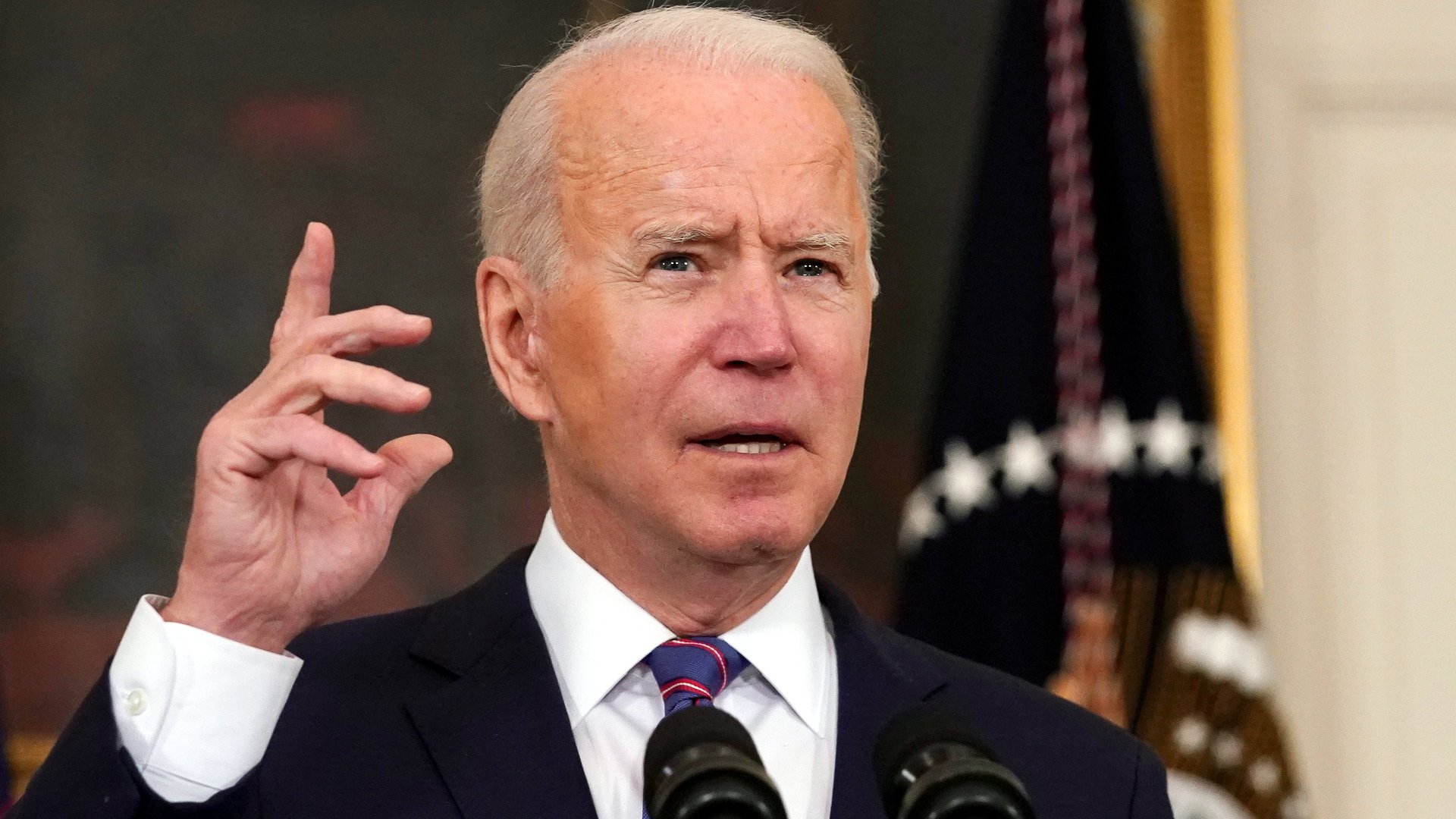Biden is pushing community colleges even as attendance plummets
In most economic downturns in the US , enrollment in community college goes up. But the reverse has happened during the pandemic.


In most economic downturns in the US , enrollment in community college goes up. But the reverse has happened during the pandemic.
Spring enrollment in two-year associate degree and in shorter certificate programs dropped year-over-year 10.9% and 7.4%, respectively, according to data from the National Student Clearinghouse Research Center. Meanwhile, enrollment in bachelor’s degree programs, which are typically four years, dropped 2%. Even as the pandemic abates, community colleges still continue to report declines.
Will Biden’s bill efforts reverse the decline?
Under the $1.8 trillion American Families Plan, Biden had proposed two years of free tuition at community college, and not at four-year degree schools, despite pressure from the left to make college free for all. The bill proposes investing $109 billion for two-year colleges, $62 billion to strengthen retention and completion efforts, and $39 billion for two free years at minority-serving institutions for most students. It would also spend $80 billion for need-based-scholarships called Pell Grants to increase the maximum grant by about $1,400 (the maximum amount in 2020 was $6,345).
Biden has also called on Congress to invest in community college partnerships “that build capacity to deliver job training programs based on in-demand skills” as well as provide job training for the formerly incarcerated individuals.
In an environment where many workers lost their jobs—some 9.8 million people are still unemployed in the US—people will need to figure out how to get new and different jobs, and community colleges could be one pathway for that—particularly, if tuition is free. In the background, student debt stands at $1.32 trillion. There’s evidence that free community college has seen enrollment increases. Already, 19 states have a program that covers the cost of college tuition.
“A four-year college degree is great, if you can get it. But there’s too many people who can’t get it, who aren’t prepared academically for the rigors of college— (we have) got to have something else for them,” says Harry Holzer, a professor of public policy at Georgetown University and a former chief economist at the US Labor Department during the Clinton administration.
Why a falling rate in community college enrollment?
The reasons for the attendance decline are not straightforward, but the background of the students help illustrate some of the reasons. The average student attending community is 28 years-old, and many are working full-time (43%). Those in services industry may have lost their jobs due to the pandemic—making the bandwidth to juggle childcare, parenting, and going to school increasingly tight, says Martha Parham, vice president of public affairs for the American Association of Community Colleges. With many being first-generation college students and not coming from “a college going culture,” it can be overwhelming, particularly, during a pandemic, Parham says.
Overall, associate degree’s attainment had dipped since reaching a peak in the 2008 recession. Higher education policy experts say the decline could be attributed to reasons ranging from shifts in population to costs—tuition and fees at community colleges have risen in the last decade by about 16% in inflation-adjusted dollars during the last decade—as well as due to more students enrolling in four-year institutions.
Parham says there was an expectation community colleges would see a dramatic increase in enrollments during the pandemic. “Certainly that didn’t happen,” she says.
According to the Georgetown Center on Education and Workforce, half of undergraduate post-secondary credentials are associate degrees or certificates, and the latter has been growing for years, says Sandy Baum, a researcher at Urban Institute.
Baum says there is growing evidence that community college programs that work with employers and prepare students with employers for jobs that are in-demand in the local labor market “tend to have among the best outcomes.” But the challenge, as Holzer adds, is that it’s difficult to scale these programs.